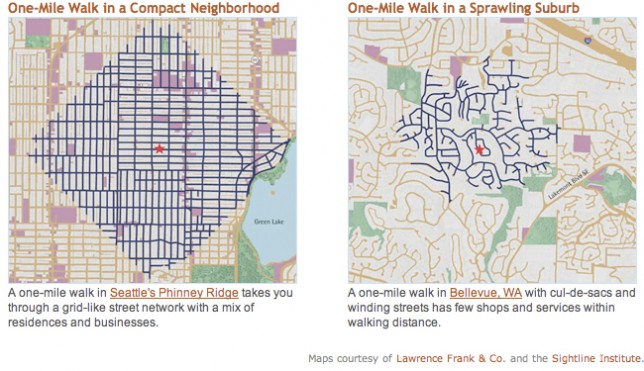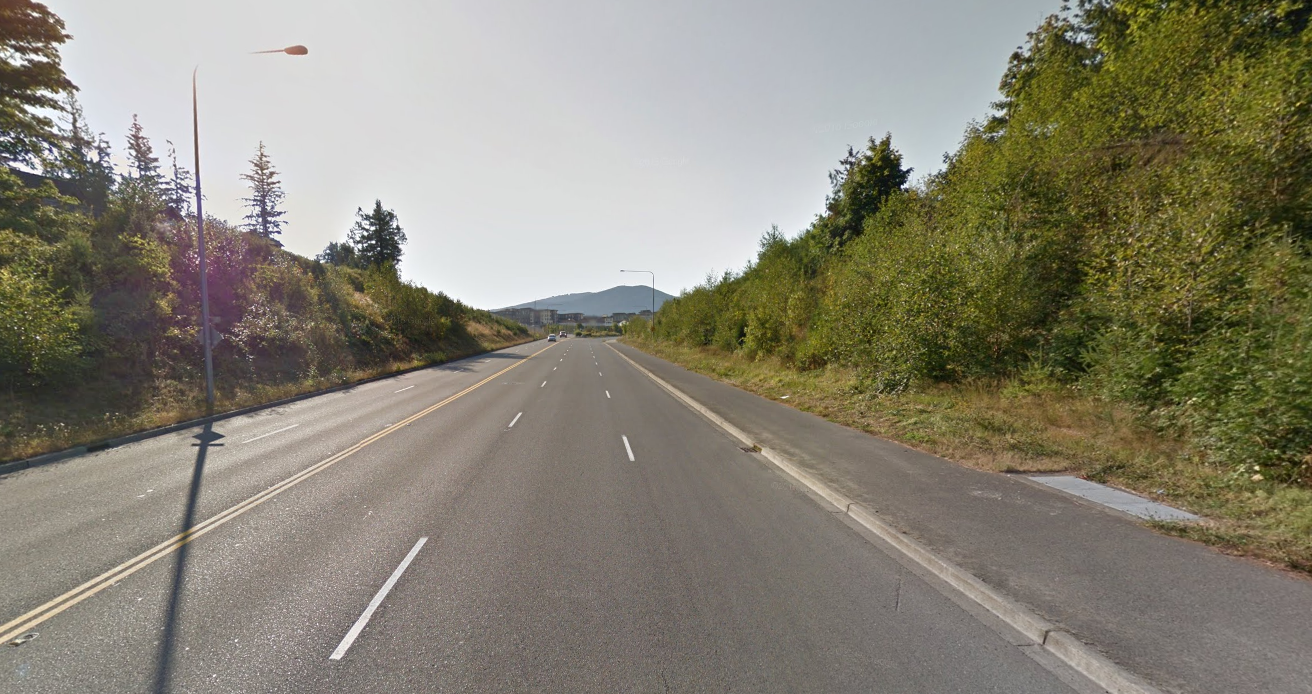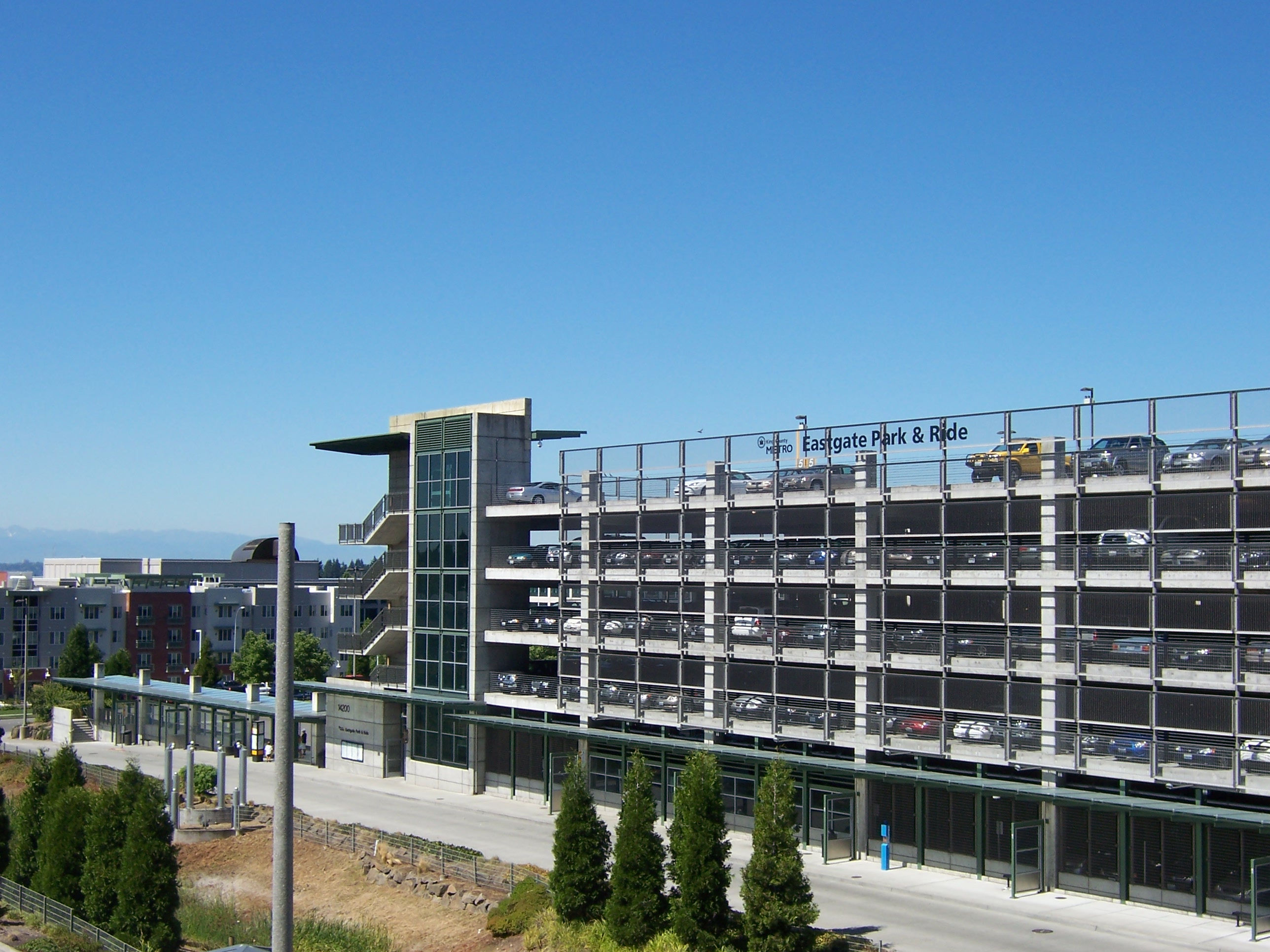It pains me to write these words, but The Seattle Times editorial board is (partially) right about an issue concerning transit. In a recent editorial, they encouraged Sound Transit to plan for continued car use in the design of light rail stations across the region, writing:
At this point, one principle is clear: Whatever is built must include parking…Yet parking remains a friction point, with some Seattle-based environmentalists lobbying the agency to minimize or eliminate parking facilities from its planned stations.
In response, The Stranger and Sierra Club called for those funds to be directed towards more sustainable bike and pedestrian infrastructure. They compared a parking structure at Tukwila International Boulevard with the bicycle and pedestrian bridge in North Seattle linking North Seattle College with the Northgate light rail stop. For approximately half the price ($58-$63 million for the parking structure versus $26-$33 million for the bridge), the bicycle and pedestrian bridge is projected to serve as many riders.
Let me be clear: urban transit centers should prioritize transit connections and arrivals by foot and bike. Our city generally has the infrastructure to move people from their homes to transit centers via these modes. But suburban cities do not.
Suburban street grid patterns generally do not facilitate transportation by means other than cars. They are winding, inefficient, and uninviting to people outside the comfort of their own vehicles. As a result, suburban residents depends on their cars for the “last mile” between home and the transit center shopping center, entertainment, etc. This reality seriously curtails the prospects of sustainability in these communities without serious innovations or rebuilding efforts.

I grew up in Issaquah, three miles from the nearest park and ride to Seattle. That three miles translated to a one-hour walk or a 22-minute bike ride, though I did not and would not walk or bike along the suggested route as the experience would be, in every way, unpleasant. The only viable option I had to get to work was to drive, to the park and ride or all the way into the city.
This is the reality for many suburban residents — they would be happy to take the bus, but only if there is an accessible park and ride. Without it, they will drive.

My local park and ride saved me 32 miles on the road each weekday. But even for residents who want to take the bus into work, too often their park and ride is full as early as 8am, forcing late-day arrivals and people outside the regular 8-to-5 office hours to drive. This impact was felt most by my friends and family in retail — the people who could have benefited the most financially from leaving their car behind.
We cannot let the perfect be the enemy of the good. While many urbanists, myself included, work to create a world in which it is both possible and enjoyable to be car-free, that is not the reality in many suburban communities and will not be for some time. A car-lite lifestyle, however, is within reach.
We can and should continue to push for improvements to change this reality. Dense, transit-oriented development around stations — even atop the park and rides. Expanding bike and pedestrian infrastructure to facilitate residents who can and do choose those modes. These investments are essential in moving suburban communities towards sustainability. But they must be paired with adequate parking structures or we risk leaving suburban residents alienated from one of the most important infrastructure investments in our region’s history.

Ben Crowther
Ben is a Seattle area native, living with his husband downtown since 2013. He started in queer grassroots organizing in 2009 and quickly developed a love for all things political and wonky. When he’s not reading news articles, he can be found excitedly pointing out new buses or prime plots for redevelopment to his uninterested friends who really just want to get to dinner. Ben served as The Urbanist's Policy and Legislative Affairs Director from 2015 to 2018 and primarily writes about political issues.

